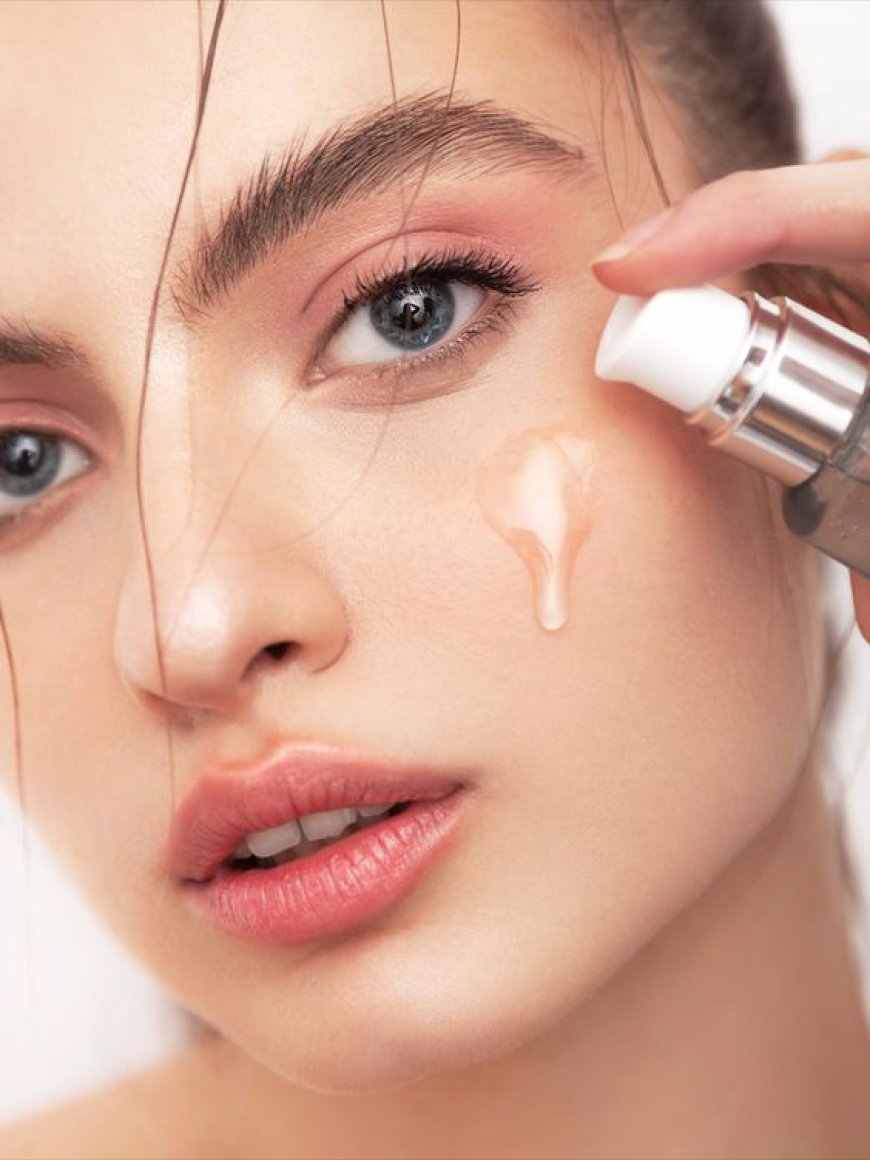Dermal Fillers Injections: A Safe Anti-Aging Treatment?

Aging is a natural process that manifests in the form of wrinkles, fine lines, and sagging skin. As individuals strive to maintain a youthful appearance, cosmetic treatments have gained immense popularity. Among these, dermal fillers have emerged as a go-to solution for those seeking minimally invasive anti-aging treatments. But what makes dermal fillers injections a safe anti-aging treatment, and what should you know before considering them? Let's delve into Dermal Fillers Injections in Dubai.
What Are Dermal Fillers?
Dermal fillers are gel-like substances injected beneath the skin to restore lost volume, smooth wrinkles, and enhance facial contours. These fillers are primarily composed of materials such as hyaluronic acid, calcium hydroxylapatite, or poly-L-lactic acid, which are biocompatible and absorbable by the body.
Unlike invasive surgeries, dermal fillers offer immediate results without requiring extended downtime. This treatment has gained traction for its ability to provide subtle yet effective enhancements, making it a popular choice for individuals across different age groups.
How Do Dermal Fillers Work?
The aging process leads to the breakdown of collagen and elastin—proteins responsible for maintaining skin elasticity and firmness. As these proteins diminish, the skin begins to sag, and wrinkles become more prominent.
Dermal fillers work by replenishing the lost volume beneath the skin, effectively lifting and plumping the treated areas. Depending on the type of filler used, the results can last anywhere from six months to two years.
Are Dermal Fillers Safe?
Safety is a crucial concern when it comes to any cosmetic procedure. Dermal fillers, when administered by qualified professionals, are considered safe for most individuals. However, it’s essential to understand the following factors:
-
Professional Expertise
The success and safety of dermal filler injections heavily rely on the expertise of the practitioner. Choosing a licensed and experienced injector minimizes the risk of complications and ensures a natural-looking outcome. -
FDA-Approved Products
Only FDA-approved dermal fillers should be used to guarantee quality and safety. These products undergo rigorous testing to meet safety standards and deliver effective results. -
Minimal Side Effects
Common side effects of dermal fillers include mild swelling, redness, or bruising at the injection site. These effects typically subside within a few days. Severe complications, such as infection or allergic reactions, are rare but possible if unapproved products or unqualified practitioners are involved.
Popular Areas Treated with Dermal Fillers
Dermal fillers are versatile and can address various signs of aging. Some common treatment areas include:
- Lips: To add volume or enhance the shape.
- Cheeks: To restore lost volume and create a youthful contour.
- Nasolabial Folds: To smooth deep creases running from the nose to the mouth corners.
- Under-Eye Hollows: To reduce the appearance of dark circles and sunken areas.
- Jawline and Chin: To define and sculpt facial contours.
Who Is a Good Candidate for Dermal Fillers?
Not everyone is an ideal candidate for dermal filler injections. Here are a few considerations:
- Age: Individuals in their late 20s to 60s typically benefit the most.
- Overall Health: People in good health with no active skin infections or severe allergies are better suited for the procedure.
- Realistic Expectations: Candidates should have a clear understanding of what dermal fillers can and cannot achieve.
What to Expect During and After the Procedure
The dermal filler procedure is relatively straightforward and can be completed in under an hour. Here’s what you can expect:
- Consultation: The process begins with a consultation to determine your goals, discuss concerns, and select the most suitable filler.
- Preparation: The area is cleaned, and a numbing agent is applied to minimize discomfort.
- Injection: The filler is carefully injected into the targeted areas using fine needles.
- Post-Treatment Care: After the procedure, you may be advised to avoid strenuous activities, excessive sun exposure, or touching the treated area for a day or two.
Most people resume their daily activities immediately, making it a convenient option for busy individuals.
Potential Risks to Consider
While dermal fillers are generally safe, it’s essential to be aware of potential risks, including:
- Overfilling: Excessive filler can result in an unnatural appearance.
- Asymmetry: Uneven distribution of fillers may require correction.
- Migration: In rare cases, the filler may move from the injection site.
- Vascular Complications: If injected into a blood vessel, it could lead to more severe issues like tissue damage.
Choosing a skilled professional significantly reduces these risks.
Conclusion
Dermal fillers injections are widely regarded as a safe and effective anti-aging treatment for individuals looking to rejuvenate their appearance without undergoing surgery. While the procedure offers many advantages, ensuring safety and achieving optimal results depends on selecting a qualified practitioner and FDA-approved products. By understanding the process and potential risks, you can make an informed decision about whether dermal fillers are the right choice for you.
Always consult a licensed dermatologist or cosmetic professional to discuss your goals and determine the best treatment plan tailored to your needs.
